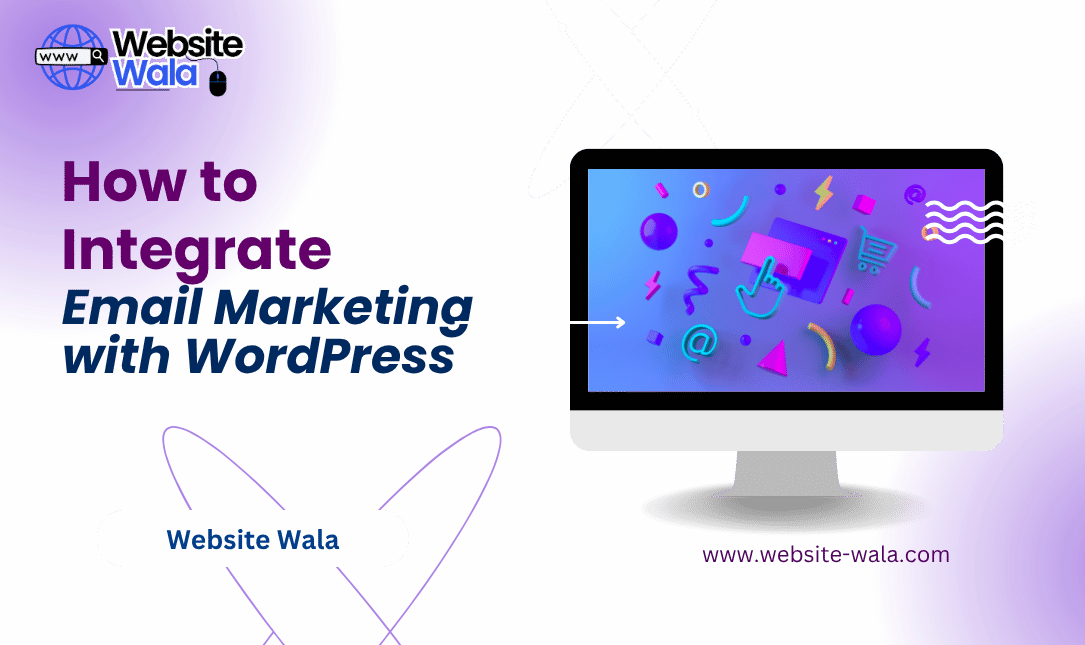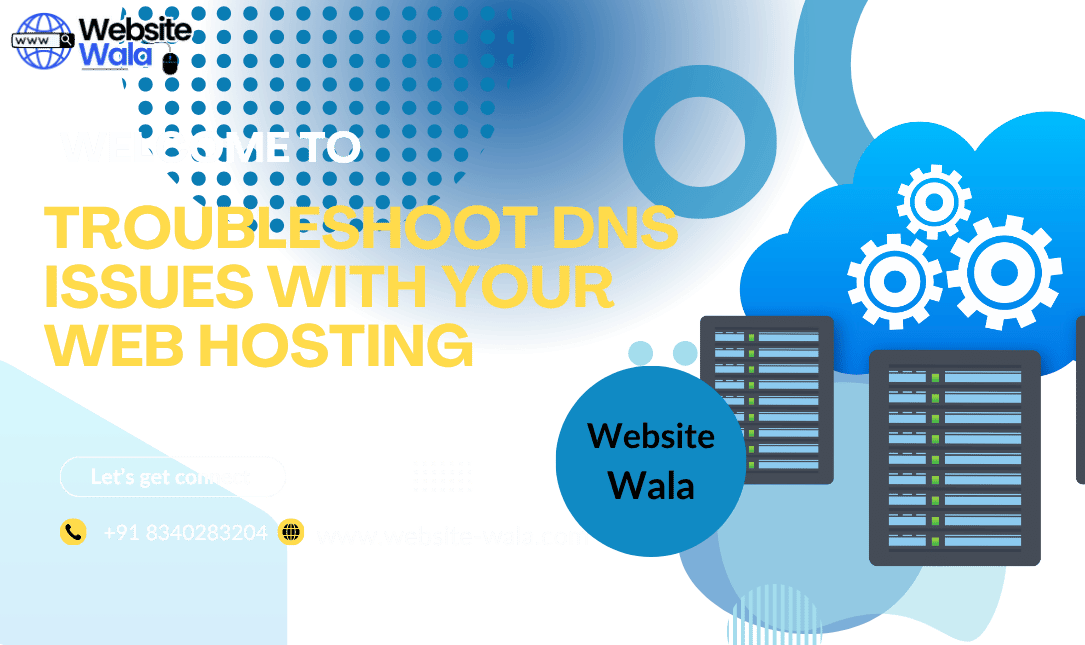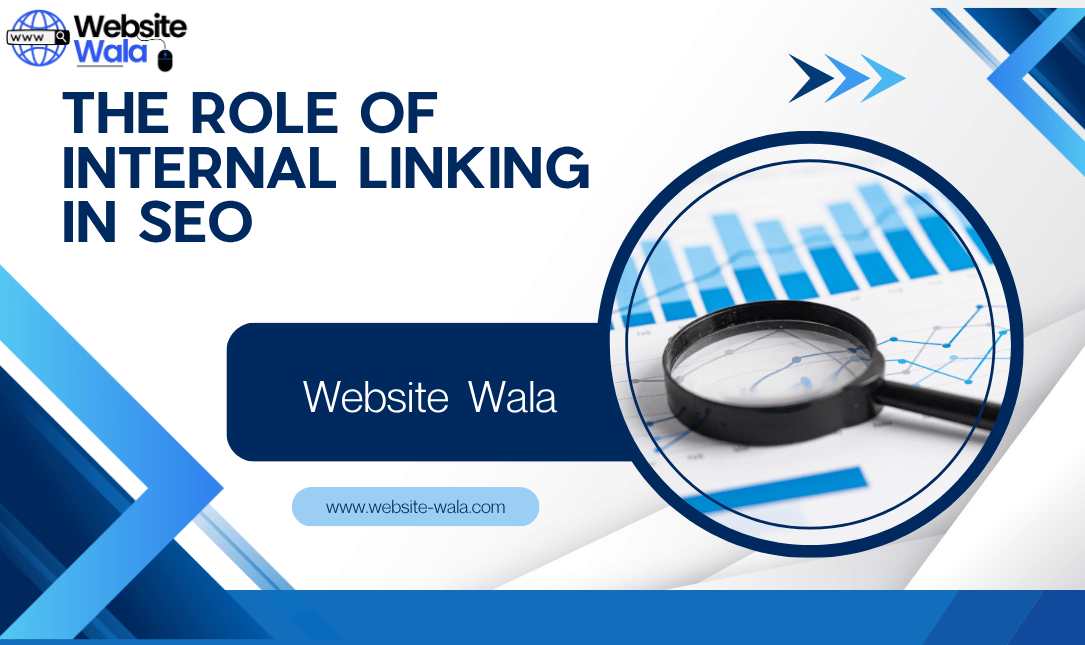
Learn how to implement SEO best practices for WordPress to increase your website's visibility on search engines and drive more organic traffic. This comprehensive guide covers everything from optimizing on-page content and meta tags to improving site speed and mobile-friendliness.
How to Implement SEO Best Practices for WordPress
Implementing SEO best practices for your WordPress website is crucial in order to increase visibility on search engines and drive more organic traffic. SEO, or search engine optimization, involves optimizing your website in a way that makes it easier for search engines like Google to understand your content and rank it higher in search results.
1. On-Page Optimization
On-page optimization is the process of optimizing individual web pages in order to rank higher and earn more relevant traffic in search engines. Here are some key on-page optimization techniques to implement on your WordPress website:
Keyword Research
Keyword research is the process of finding the right keywords that your target audience is searching for. Tools like Google Keyword Planner, SEMrush, or Ahrefs can help you identify keywords with high search volumes and low competition. Once you have selected your target keywords, incorporate them naturally into your website content.
Optimize Meta Tags
Meta tags are HTML tags that provide metadata about your website. The most important meta tags for SEO are the meta title and meta description. Make sure to include your target keywords in these tags and write compelling, click-worthy meta descriptions to increase click-through rates from search engine results pages.
Optimize Headings and Content
Use headings (H1, H2, H3, etc.) to structure your content and make it easier for search engines to understand. Include your target keywords in your headings and throughout your content, but remember to write for users first and foremost. Create high-quality, valuable content that answers users' queries and provides information that is relevant and engaging.
2. Site Speed Optimization
Site speed is a crucial ranking factor for search engines, as faster websites provide a better user experience. To improve your site speed on WordPress, consider the following optimization techniques:
Use a Lightweight Theme
Choose a lightweight, fast-loading theme for your WordPress website. Avoid heavy themes with bloated code that can slow down your site's performance.
Optimize Images
Images are often the largest elements on a webpage and can significantly impact site speed. Compress images before uploading them to WordPress, use responsive images that are optimized for different screen sizes, and consider lazy loading images to improve loading times.
Utilize Caching
Implement caching plugins like WP Rocket or W3 Total Cache to store static versions of your website and reduce server load times. Caching can significantly improve site speed and overall performance.
3. Mobile-Friendly Optimization
With the majority of web traffic coming from mobile devices, it's essential to ensure that your WordPress website is mobile-friendly. Here are some key tips for optimizing your website for mobile users:
Choose a Responsive Design
Use a responsive web design that adapts to different screen sizes and devices. Responsive designs provide a seamless user experience on desktop, mobile, and tablet devices.
Mobile-Friendly Testing
Test your website's mobile-friendliness using tools like Google's Mobile-Friendly Test. This tool will analyze your site and provide recommendations for improving mobile user experience.
Optimize for Page Speed
Ensure that your website loads quickly on mobile devices by optimizing images, minimizing server requests, and enabling browser caching. A fast-loading mobile site is essential for retaining mobile visitors and improving SEO rankings.
4. Quality Content Creation
Creating high-quality, valuable content is essential for SEO success. Search engines prioritize content that is relevant, engaging, and informative. Here are some tips for creating quality content on your WordPress website:
Keyword-Rich Content
Incorporate target keywords naturally into your content, but avoid keyword stuffing. Focus on creating content that is well-written, informative, and valuable to your target audience.
Update Content Regularly
Regularly updating your website with fresh content signals to search engines that your site is active and relevant. Consider adding blog posts, case studies, or news updates to keep your website content current and engaging.
Optimize for Readability
Use clear, concise language in your content and break up text with headings, bullet points, and images. Easy-to-read content not only improves user experience but also makes it easier for search engines to crawl and index your website.
5. Link Building
Link building is the process of acquiring backlinks from other websites to improve your site's authority and ranking in search results. Here are some strategies for building quality backlinks to your WordPress website:
Guest Posting
Write high-quality guest posts for reputable websites in your industry. Guest posting allows you to reach new audiences, establish authority in your niche, and earn valuable backlinks to your site.
Broken Link Building
Identify broken links on other websites using tools like Ahrefs or Check My Links. Reach out to website owners and offer to replace broken links with relevant content from your website, earning backlinks in the process.
Internal Linking
Internal linking is the practice of linking to other pages on your website. By creating a network of internal links, you can improve site navigation, distribute link equity, and help search engines discover and index your content more effectively.
Implementing SEO best practices on your WordPress website is essential for increasing visibility on search engines, driving more organic traffic, and ultimately growing your online presence. By optimizing on-page content, improving site speed and mobile-friendliness, creating quality content, and building relevant backlinks, you can enhance your website's SEO performance and achieve higher rankings in search results.
Remember that SEO is an ongoing process that requires continuous monitoring and optimization. Stay up-to-date with the latest SEO trends and algorithm updates to ensure that your WordPress website remains optimized for search engines and provides a positive user experience for your audience.























